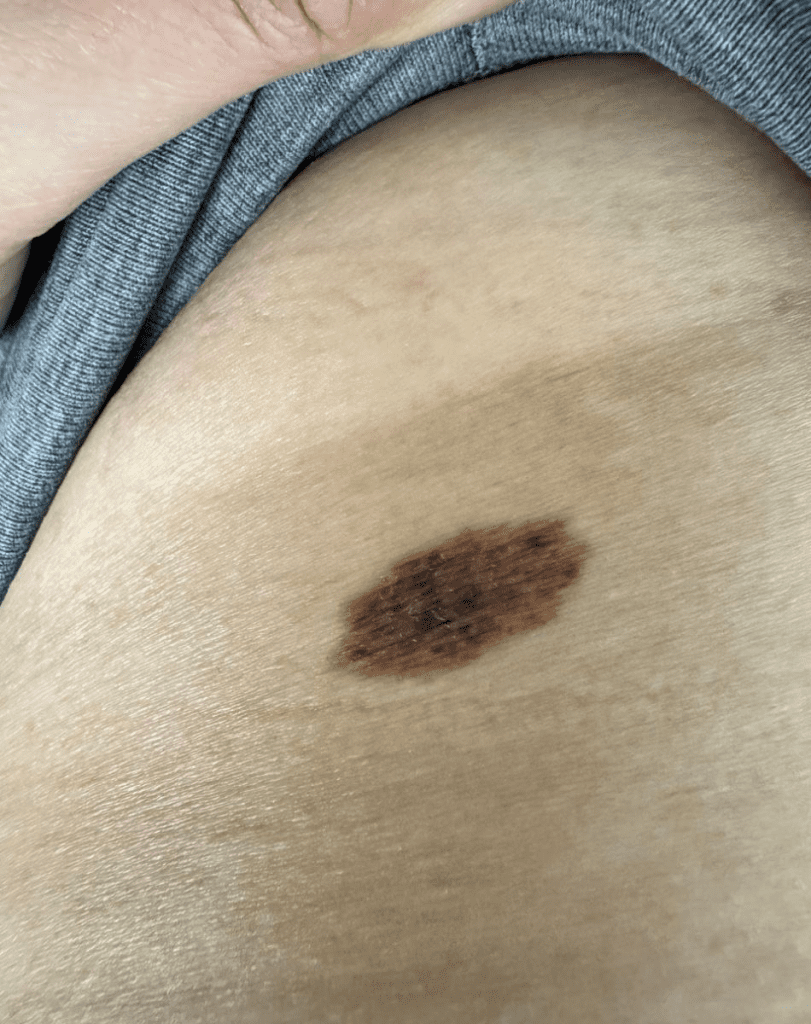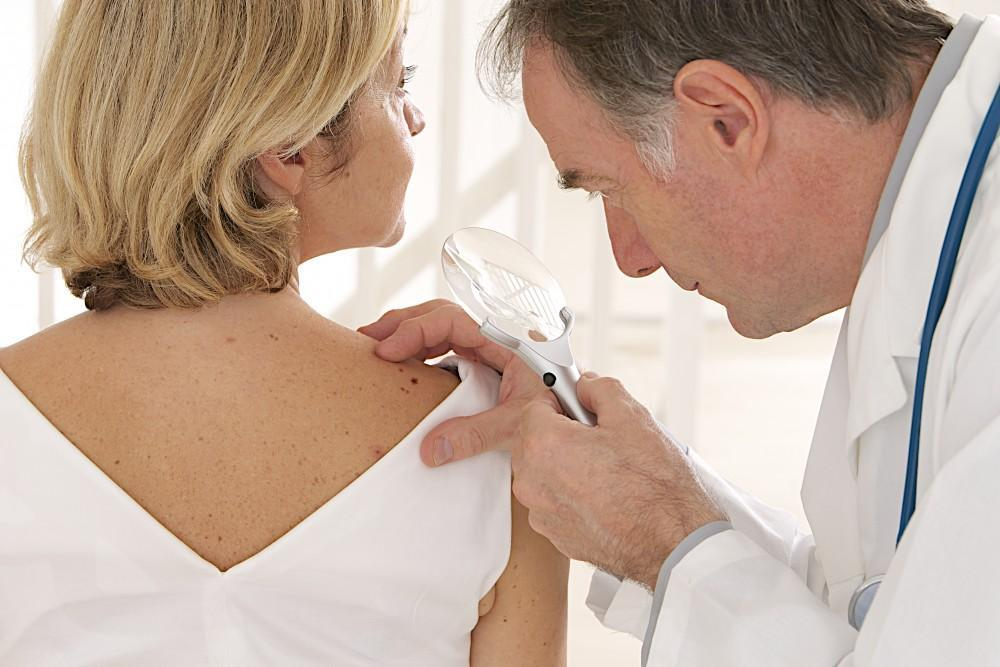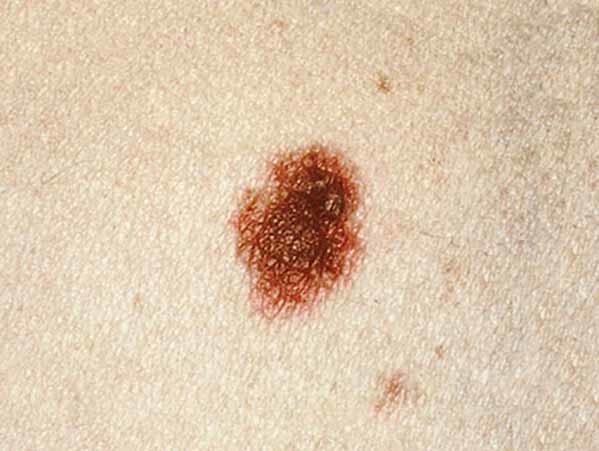Noticing a mole with patchy dark spots can be alarming. While many moles are harmless, certain changes in color, shape, or size can signal underlying health issues, including skin cancer. Early detection is crucial when it comes to skin cancer, as it significantly increases the chances of effective treatment. In this article, we’ll explore how to monitor your moles, recognize warning signs, and understand when it’s essential to seek medical advice. By the end, you’ll feel empowered to take charge of your skin health and know when to consult a dermatologist for peace of mind.
Understanding Moles and Why They Change

Moles are common skin growths made up of clusters of pigmented cells. Most people have several moles on their bodies, which can vary in size, shape, and color. These changes are usually normal; however, moles that develop patchy dark spots, uneven edges, or irregular coloring can sometimes indicate a risk of melanoma, a dangerous form of skin cancer.
While it’s normal for moles to evolve over time, especially during puberty or pregnancy, sudden changes should be monitored closely. It’s essential to become familiar with your moles and understand what changes are considered typical, and which may require medical attention.
The ABCDEs of Moles: How to Assess for Skin Cancer
To evaluate whether a mole with patchy dark spots or other irregularities might be concerning, dermatologists often recommend the ABCDE method. This simple checklist can help you identify moles that may need further examination.
1. Asymmetry
If you draw a line through the middle of the mole, do both halves look the same? In healthy moles, they typically do. If one half of the mole doesn’t match the other, this asymmetry could be a warning sign.
2. Border
Look at the edges of the mole. Are they smooth and even, or irregular, ragged, and blurred? Moles with unclear or notched borders may need closer examination, as these can be signs of melanoma.
3. Color
A mole with multiple shades or an uneven distribution of color may raise red flags. Healthy moles are usually a single color, often brown or tan. If you see different colors like black, blue, white, or red within the mole, it’s worth getting it checked.
4. Diameter
Melanomas are often larger than 6 millimeters across (about the size of a pencil eraser). However, it’s essential to note that melanomas can be smaller when they first develop. If you spot a mole that is unusually large or growing in size, you should consult a dermatologist.
5. Evolving
Healthy moles generally remain the same over time. If a mole begins to change in size, shape, or color, or if it starts bleeding, itching, or crusting, this could be a sign of melanoma. Any noticeable evolution in a mole’s characteristics warrants a visit to a healthcare provider.
When to See a Doctor: Recognizing Concerning Signs

It’s essential to stay proactive when it comes to your skin health. If you notice any of the following signs, schedule an appointment with a dermatologist promptly:
- Pain or Tenderness: If a mole becomes itchy, tender, or painful, it may indicate inflammation or other underlying issues.
- Bleeding or Oozing: Moles that bleed, ooze, or become crusty are especially concerning, as these symptoms often occur with abnormal cell growth.
- New Moles After Age 20: While new moles can appear throughout life, particularly during adolescence, the appearance of new moles after age 20 should be monitored carefully.
- A Mole That Stands Out: Sometimes referred to as the “ugly duckling” sign, a mole that looks significantly different from your others should be checked by a dermatologist.
Preventative Measures and Self-Monitoring

Prevention and regular monitoring are key to catching any changes in your skin early. Here are some practical tips to help you stay on top of your skin health:
1. Monthly Self-Examinations
Make a habit of examining your skin once a month to check for any new or changing moles. Use a full-length mirror and a hand-held mirror to view all areas of your body, including hard-to-see places like your back, scalp, and the soles of your feet. Keep track of any moles that look different from others or have developed patchy dark spots.
2. Annual Dermatologist Visits
In addition to self-exams, schedule a professional skin examination with a dermatologist at least once a year. These annual check-ups are especially important if you have a history of skin cancer or numerous moles. Dermatologists can use advanced tools, like dermatoscopes, to examine moles more thoroughly and identify any concerning characteristics that might not be visible to the naked eye.
3. Practice Sun Safety
Protecting your skin from harmful UV rays can significantly reduce your risk of developing skin cancer. Here’s how to stay safe in the sun:
- Wear Sunscreen: Use a broad-spectrum sunscreen with SPF 30 or higher, and reapply every two hours or after swimming or sweating.
- Wear Protective Clothing: Hats, long sleeves, and sunglasses can help shield your skin from UV rays.
- Avoid Peak Sun Hours: Try to limit sun exposure between 10 a.m. and 4 p.m., when UV rays are strongest.
4. Keep a Photographic Record
Documenting your moles with photographs can help you notice subtle changes over time. Take pictures of any moles that appear unusual or patchy, and refer back to them during your monthly self-exams. This can provide valuable information for you and your dermatologist in tracking the evolution of your moles.
Why Early Detection Matters

The sooner skin cancer is detected, the easier it is to treat. When caught early, melanoma has a high survival rate. However, if left untreated, it can spread to other parts of the body and become more challenging to manage. By taking proactive steps to monitor your skin, you’re taking charge of your health and significantly reducing your risk.
Atypical moles with patchy dark spots may cause anxiety, but with the right knowledge and regular check-ups, you can ensure your skin stays healthy. Remember, it’s always better to err on the side of caution and consult a dermatologist if you’re concerned about any changes in your moles.
Conclusion: Stay Vigilant and Prioritize Your Skin Health
Your skin is your body’s largest organ, and it’s essential to take care of it. Recognizing the signs of a potentially dangerous mole and understanding the ABCDEs of skin monitoring can make all the difference in early detection and successful treatment. If you notice a mole with patchy dark spots, irregular borders, or other concerning characteristics, don’t hesitate to seek medical advice.
By performing monthly self-exams, scheduling annual dermatologist visits, and practicing sun safety, you’re taking important steps to protect your skin. Remember, being proactive about your skin health isn’t just about peace of mind—it’s a powerful way to prevent serious health issues and ensure you stay healthy for years to come.


